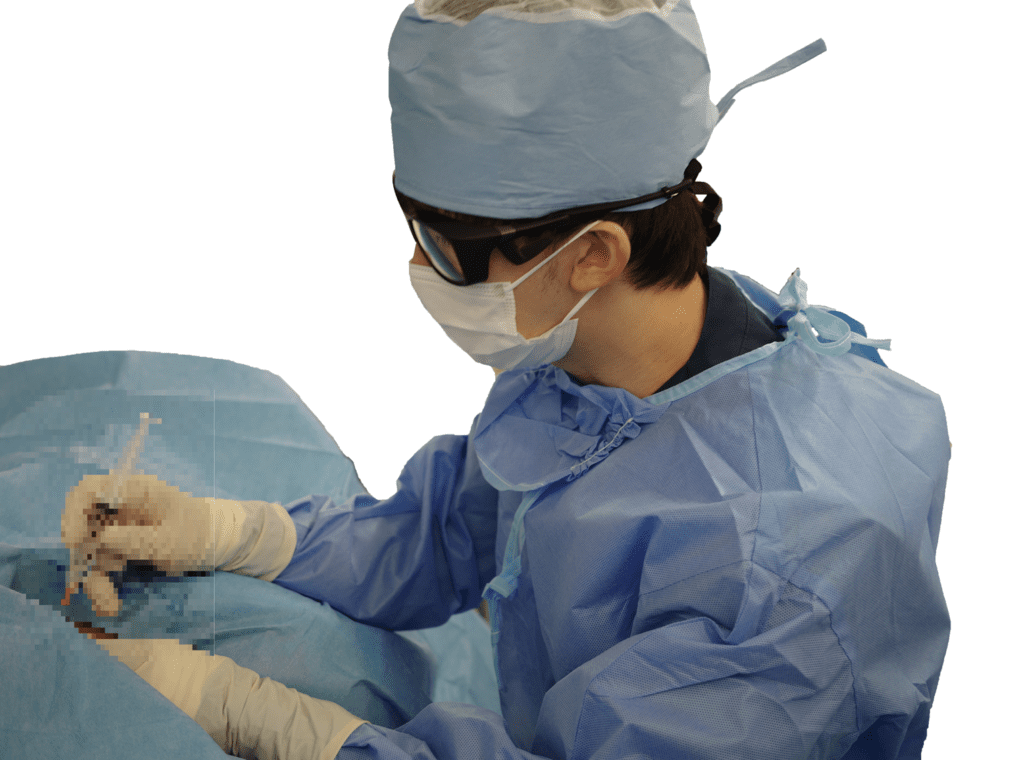Column Treatment Case Report No. 65| ILC International Lumbago Clinic (Tokyo Clinic)
May 06, 2023
The case of a patient suffering from a recurring strained back
The patient
A male patient in his 40s.
The patient’s medical history to date
In his 20s, the patient suffered from several episodes of strained back.
For the past 10 years, he has had back pain that sometimes made it difficult to use his legs properly.
He visited an orthopedist and was diagnosed with disc herniation and sciatica. After about half a year of electrotherapy and massages, since his pain had not improved, he decided to visit our clinic.
Symptoms before treatment
・Pain levels before treatment
| Lower back | Lower limbs | Numbness | Buttocks | |
|---|---|---|---|---|
| Pain level | 8 | 6 | 8 | 7 |
No pain at all is rated as 0, and the maximum possible pain is rated as 10.
Main areas of pain – lower back, right thigh, back of the knee. Numbness in both toes.

Bending forward: no change
Bending backward: a little painful
Lasegue test: negative
Point of tenderness: none
Additional explanations on our clinic’s medical examination
・ Daily Activities
The patient experiences great difficulty when lifting heavy weights.
He also has some difficulty when washing his face, sitting in a semi-crouched position, sitting on a train, and the like.
Some days he may have some difficulty walking, but this is not a fundamental problem.
Imaging and findings

- L3/4 , 4/5, 5/s – disc degeneration
- L3/4, 4/5, and 5/s – traces of tears in the annulus fibrosus
- L3/4 – foraminal stenosis in the left foramen, 4/5 – foraminal stenosis in both foramen, 5/s – foraminal stenosis in the right foramen
The above findings were also observed on the imaging.
・L3/4, 4/5, and 5/s – tears in the annulus fibrosus were observed, and are thought to be the cause of the repeated strained backs.
Intervertebral foramen stenosis was observed in each disc, and is the probable cause of the pain and numbness.
Based on the examination and imaging findings, we proposed the above treatment.
Treatment
The Cellgel Method was performed on L3/4, 4/5 and 5/s.
The treatment was performed by our administrative director, Dr. Minowa.


This is an image of the patient’s back after the Discogel injection.
The treatment took about 45 minutes.
After resting in the recovery room, the patient was able to walk home by himself.
Our clinic’s treatment method
Additional information about the Cellgel method we have introduced in this column.
Cost of the Cellgel method: 1,320,000 yen per area (including tax) to 1,760,000 yen per 5 areas (including tax)
Risks and side effects of the Cellgel method: Transient pain may occur after treatment. Nerve damage is not a zero possibility due to the very nature of the treatment, but there have been no reports of damage so far in either report cases or publications. There is a very small possibility of allergic reactions to local anesthetics. Symptoms may temporarily worsen during the first week or two after treatment. This is believed to be due to the decompression effect of the implant, which retracts the surrounding tissues. In addition, if the disc is almost completely collapsed, treatment may be difficult. The doctor hold a consultation with you during your visit to the clinic to determine the best treatment option for your condition.
For more detailed information, please refer to the following links:
Blog page explaining the Cellgel Method in an easy-to-understand manner
The Cellgel Method on our treatment methods page
This article was written by the Administrative Director of our clinic



